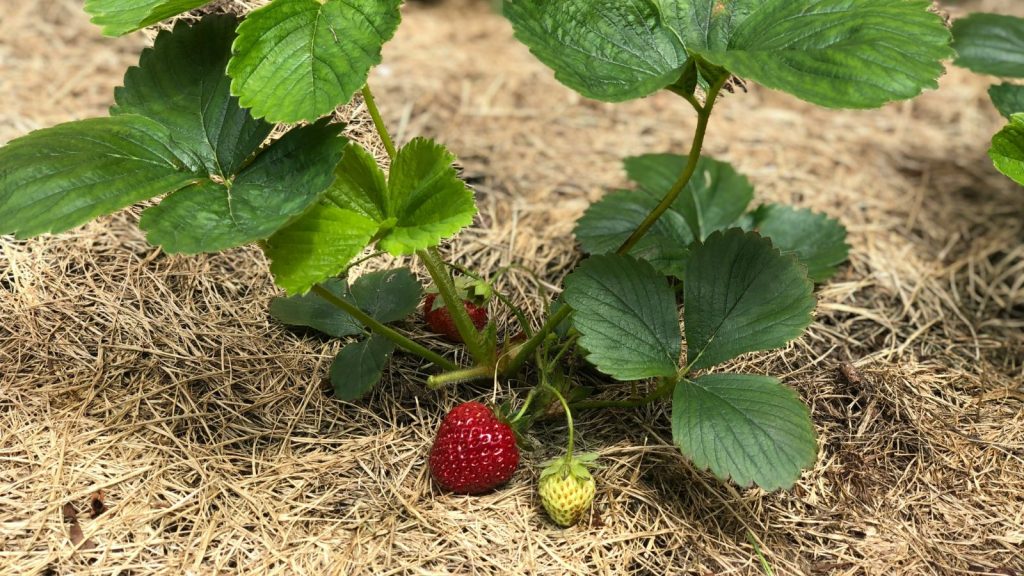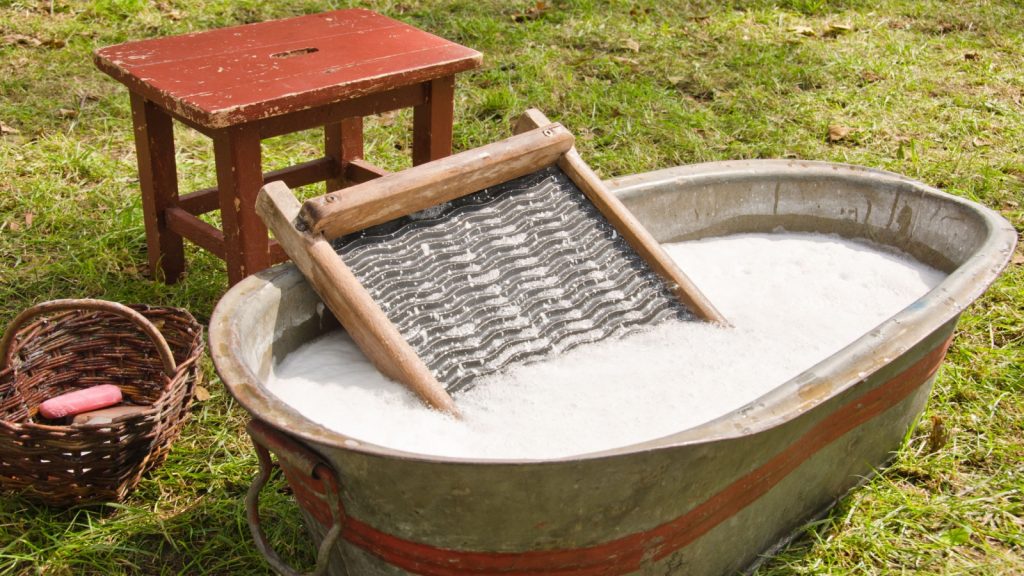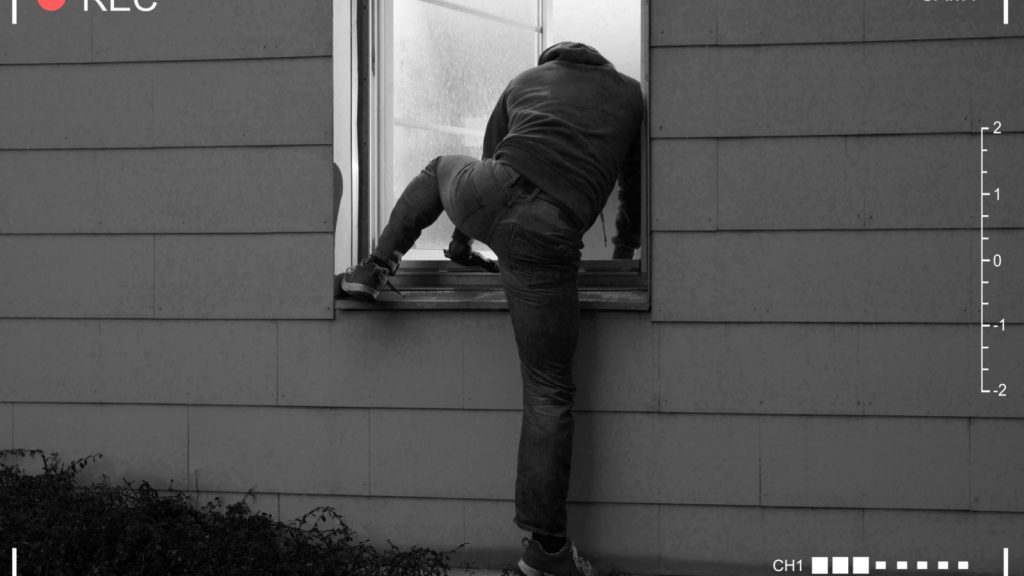Few things are more frustrating than watching your strawberry plants grow lush, green foliage while producing absolutely zero fruit. You’ve done everything right – planted them in spring, watered regularly, even fertilized – yet come June, you’re staring at beautiful plants with nothing to show for your efforts except maybe a handful of tiny, sad berries.
I’ve been there. Our first strawberry patch was a complete disaster. Gorgeous plants, incredible leaf growth, and exactly three strawberries to show for an entire season’s work. After years of trial and error, I’ve learned that strawberry plants are surprisingly finicky about their growing conditions, and small issues can completely shut down fruit production.
Most strawberry problems are fixable though, once you understand what’s going wrong. Let’s dig into the most common reasons strawberries fail to fruit and how to get your plants back on track.
Understanding Strawberry Types
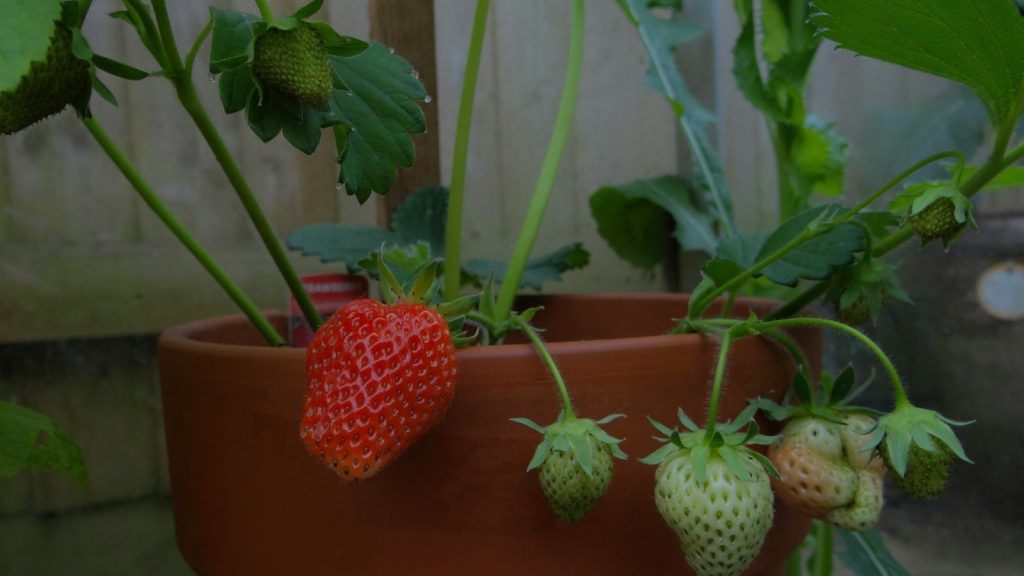
Before we troubleshoot your strawberry problems, you need to know what type you’re growing. This isn’t just botanical trivia – it directly affects when and how your plants will fruit.
June-bearing strawberries produce one large crop in early summer, typically over 2-3 weeks in June or July depending on your location. These varieties need a full year to establish before they fruit well, which catches many new growers off guard. If you planted June-bearing strawberries this spring, don’t expect much fruit until next year.
Everbearing strawberries produce two crops – one in early summer and another in fall. Despite the name, they don’t actually bear fruit continuously. The spring planting will often produce a small fall crop the same year, then hit their stride the following season.
Day-neutral strawberries are the closest to truly everbearing, producing fruit continuously from spring through fall as long as temperatures stay between 35°F and 85°F. These can fruit within months of planting, making them popular for impatient gardeners.
If you planted June-bearing varieties this spring and expected immediate fruit, you’ve solved your mystery right there. June-bearing plants put all their energy into establishing strong root systems and runners their first year, then reward you with abundant fruit the second season.
The Age Factor
Even if you’re growing the right type for your timeline, plant age matters enormously. First-year strawberry plants, regardless of variety, rarely produce impressive crops. Their energy goes into root development and getting established in your garden.
Most strawberry plants hit peak production in their second and third years. After that, production gradually declines, though well-maintained plants can continue fruiting for 4-5 years or more.
If you’re working with older plants that have stopped producing well, it might be time for replacement rather than troubleshooting. Strawberry plants don’t live forever, and sometimes the most practical solution is starting fresh with new plants.
Soil Conditions That Kill Fruit Production
Strawberries are particular about their soil, and poor soil conditions will shut down fruiting faster than almost anything else. They need well-draining soil that stays consistently moist but never waterlogged. Heavy clay soils that hold water are problematic, as are sandy soils that dry out too quickly.
The ideal soil pH for strawberries falls between 5.5 and 6.8 – slightly acidic to neutral. If your soil is too alkaline (above 7.0), your plants may struggle to absorb nutrients even if they’re present in the soil. This shows up as poor fruit production and often yellowing leaves.
Soil fertility plays a huge role too. Strawberries are moderate feeders that need balanced nutrition. Too much nitrogen creates lush foliage at the expense of fruit, while too little phosphorus directly reduces flower and fruit formation. Potassium deficiency shows up as brown leaf edges and poor fruit quality.
I learned this lesson the hard way when I overfertilized our strawberry patch with fresh manure that contained way too much nitrogen, thinking I was helping the plants. The result was massive, beautiful plants that produced almost no berries. The plants were too busy growing leaves to bother with fruit.
Watering Problems
Inconsistent watering is one of the sneakiest causes of poor strawberry production. These plants need about 1-1.5 inches of water per week, delivered consistently rather than in big, infrequent soaks.
During fruit development, water stress causes plants to abort developing berries to conserve energy. You might see tiny fruits form and then shrivel up and disappear – that’s often a watering issue.
Conversely, overwatering creates root rot problems and soft, tasteless fruit when berries do develop. Strawberries grown in constantly soggy soil often fail to fruit entirely as the plants struggle with root health issues.
The best approach is consistent, moderate watering that keeps the soil evenly moist but not saturated. Mulching around plants helps maintain consistent soil moisture and reduces the need for frequent watering.
Temperature and Weather Stress
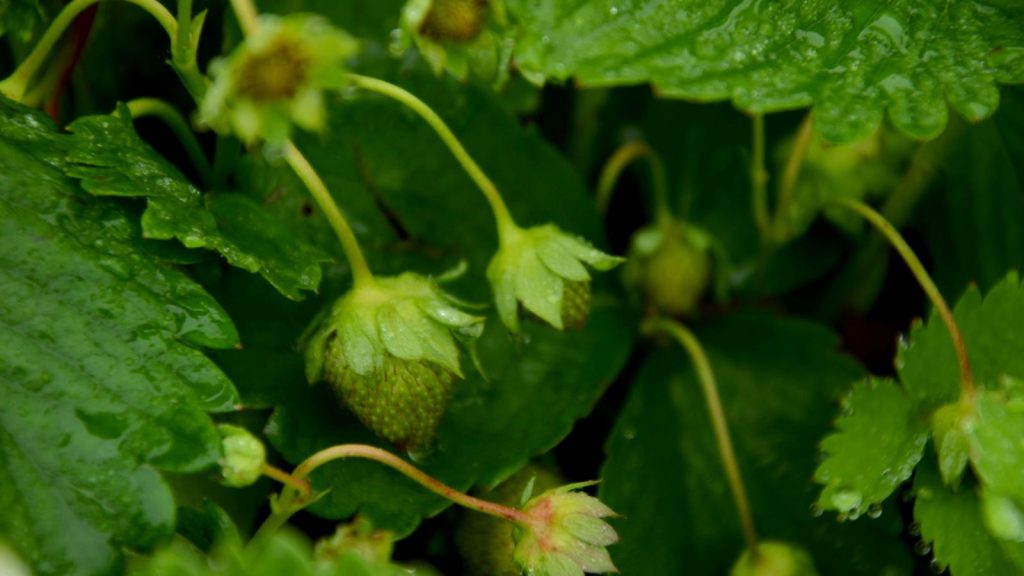
Strawberries are surprisingly sensitive to temperature extremes, and unusual weather can completely disrupt fruiting. Late spring frosts can kill flower buds and developing fruits, while excessive heat during flowering reduces fruit set.
Most strawberry varieties need a period of winter chilling (temperatures below 45°F for several weeks) to flower and fruit properly the following season. If you live in a very warm climate or had an unusually warm winter, your plants might not have received adequate chilling hours.
Extended periods above 85°F during flowering cause poor pollination and fruit set. The plants may flower normally but fail to develop fruit, or produce small, misshapen berries.
Heavy rains during flowering can prevent proper pollination by washing pollen away and keeping pollinators inactive. While you can’t control the weather, understanding these patterns helps explain mysterious crop failures.
Pollination Issues
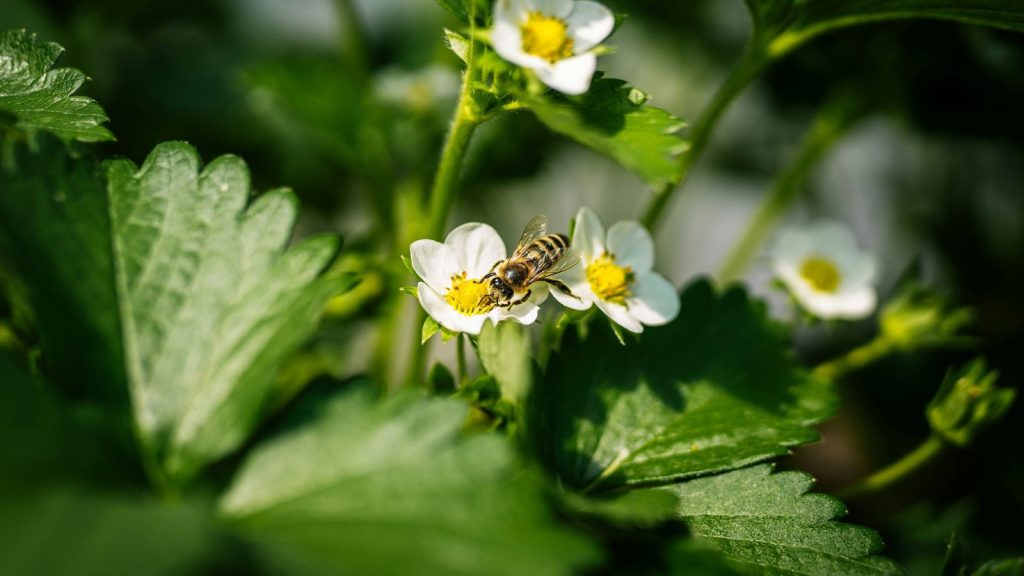
Poor pollination is often overlooked but can devastate strawberry crops. While strawberry flowers are self-fertile, they still benefit enormously from insect pollination. Bees, in particular, improve both fruit set and berry size.
If you’re not seeing many pollinators in your garden, that could explain poor fruit production. This is increasingly common in areas with heavy pesticide use or limited habitat for beneficial insects.
Sometimes the issue isn’t lack of pollinators but timing problems. If your strawberries bloom during extended cold, wet weather, pollinators won’t be active even if they’re present in your area.
Hand pollination can solve this problem for small plantings. Use a small paintbrush to transfer pollen between flowers, working when flowers are fully open and dry. It’s tedious but effective for getting fruit set when natural pollination fails.
Overcrowding and Runner Management
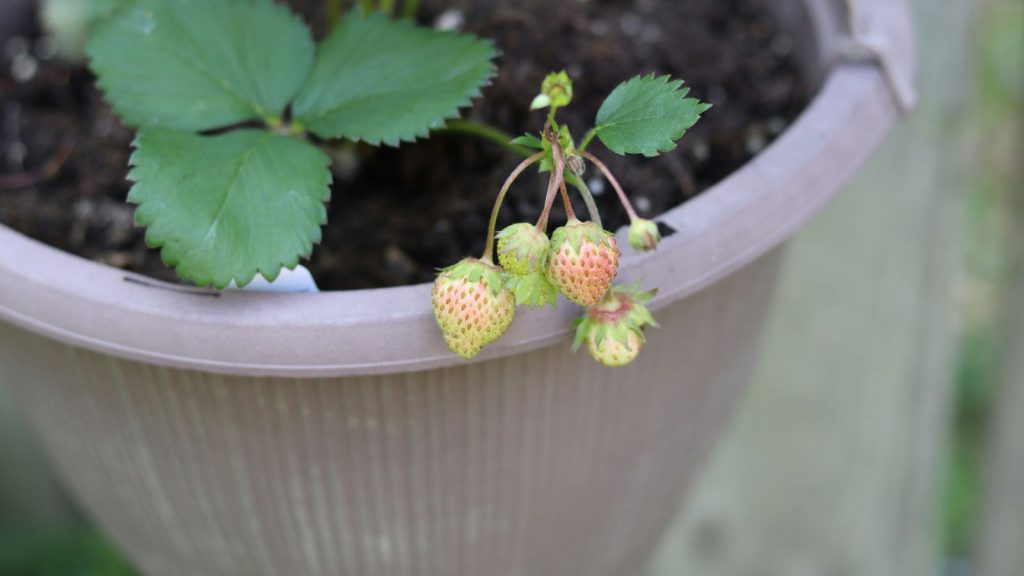
This is where many strawberry growers go wrong without realizing it. Strawberry plants produce runners (stolons) that create new daughter plants. While this natural propagation seems like a good thing, overcrowded patches produce fewer and smaller berries.
When strawberry plants are too close together, they compete for nutrients, water, and sunlight. The result is lots of small, weak plants instead of fewer productive ones. Each plant needs adequate space to develop a strong root system and full canopy.
For June-bearing varieties in traditional matted rows, maintain 12-18 inches between mother plants and allow only 4-6 runners per plant to establish. Remove excess runners throughout the growing season.
Everbearing and day-neutral varieties are often grown in hill systems with no runners allowed at all. This concentrates the plant’s energy into fruit production rather than reproduction.
I spent two seasons wondering why our strawberry patch produced tiny berries before realizing the plants had become so overcrowded that none could perform well. Thinning the patch dramatically improved both berry size and total production.
Nutrient Imbalances
Getting strawberry nutrition right requires some finesse. These plants need balanced feeding, but the timing and ratios matter enormously.
Excessive nitrogen, especially late in the season, promotes leaf growth at the expense of fruit production and can delay dormancy, making plants more susceptible to winter damage. High-nitrogen fertilizers in spring can reduce flowering.
Phosphorus deficiency directly impacts flower and fruit development. Plants may look healthy but produce few flowers or fruits that don’t develop properly.
Potassium is crucial for fruit quality and plant health. Deficient plants often show brown leaf margins and produce soft, poor-quality berries.
The best approach is a balanced, complete fertilizer applied in early spring, followed by monitoring plant performance. If plants are producing excessive foliage with few flowers, reduce nitrogen. If flowering is poor, ensure adequate phosphorus.
Organic approaches work well too. Well-aged compost provides balanced nutrition, while bone meal supplies phosphorus for flowering and rock dust or wood ash (used sparingly) can provide potassium.
Pest and Disease Pressure
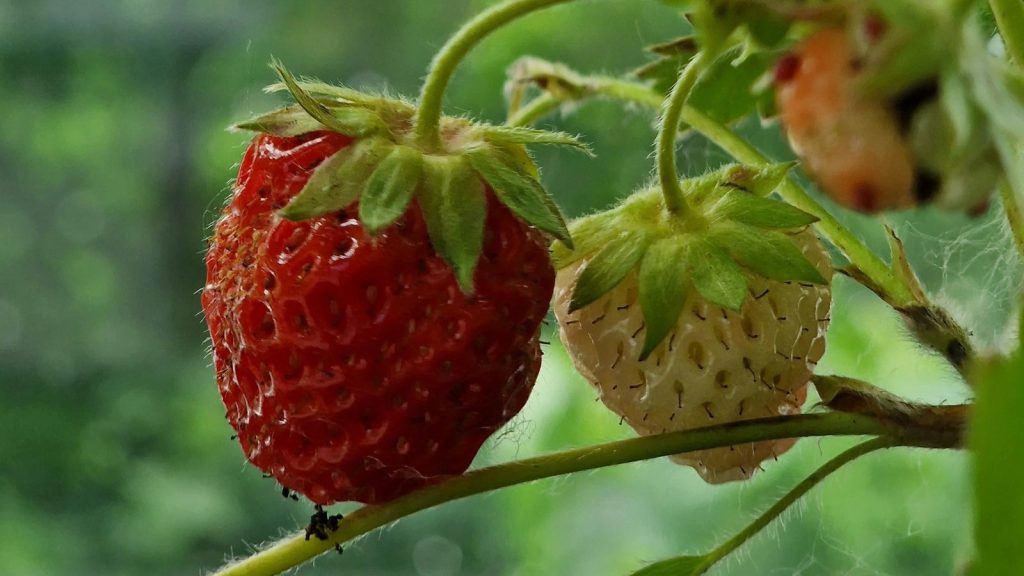
Several pests and diseases can reduce or eliminate strawberry fruit production, sometimes without obvious symptoms on the foliage.
Root weevils feed on roots and crowns, weakening plants and reducing fruiting capacity. You might not see the damage above ground until plants begin declining.
Nematodes cause similar root damage and are particularly problematic in warm climates. Affected plants often look stunted and produce poorly despite adequate care.
Diseases like red stele root rot and black root rot attack the root system, reducing the plant’s ability to support fruit production. These often develop in poorly-draining soils or during wet seasons.
Crown rot diseases can kill growing points and flower buds before you notice symptoms on leaves. This is particularly common in heavy, poorly-draining soils.
If your plants look healthy but aren’t producing, consider having soil tested for nematodes or examining roots for signs of damage or disease.
Variety Selection Problems
Sometimes the issue is simply growing the wrong variety for your climate and conditions. Strawberry varieties are often regionally adapted, and what works well in one area may perform poorly in another.
Day-length sensitivity affects flowering in some varieties. Plants bred for northern climates may not flower properly in southern areas with different day-length patterns.
Heat tolerance varies dramatically between varieties. Heat-sensitive varieties grown in warm climates often fail to set fruit during hot weather, limiting production to cooler parts of the growing season.
Cold hardiness is equally important. Varieties without adequate cold tolerance may suffer winter damage to flower buds, resulting in poor spring flowering.
Research varieties recommended for your specific region and growing conditions. Your local extension office often maintains lists of proven performers for your area.
How to Fix Fruiting Problems
Once you’ve identified the likely cause of your strawberry problems, here’s how to address the most common issues:
For soil problems: Test soil pH and amend as needed to reach 5.5-6.8. Improve drainage in heavy soils by adding compost and creating raised beds. In sandy soils, add organic matter to improve water retention.
For nutrition issues: Apply balanced fertilizer in early spring, avoiding high-nitrogen formulations. Side-dress with compost mid-season if plants appear to need additional nutrition.
For overcrowding: Thin overcrowded patches, maintaining proper spacing for your growing system. Remove excess runners throughout the season to concentrate energy in productive plants.
For watering problems: Establish consistent watering schedules that provide 1-1.5 inches per week. Mulch to maintain soil moisture and reduce watering frequency.
For pollination issues: Encourage pollinators by planting flowers nearby and avoiding pesticides during bloom. Hand-pollinate small plantings if necessary.
For aging plants: Replace old, declining plants with fresh stock. Plan for regular renewal of your strawberry planting on a 3-4 year cycle.
Prevention Strategies
The best approach to strawberry problems is preventing them in the first place. Start with healthy plants from reputable sources, plant in well-prepared soil with good drainage, and choose varieties suited to your climate.
Maintain proper spacing and manage runners actively rather than letting patches become overcrowded. Provide consistent care with regular watering and appropriate fertilization.
Monitor plants regularly for signs of pest or disease problems, addressing issues early before they become severe. Keep good garden records to track what works and what doesn’t in your specific conditions.
Most importantly, be patient with new plantings. Strawberries rarely perform their best the first year, and expecting immediate gratification often leads to disappointment and unnecessary troubleshooting.
With proper care and realistic expectations, strawberry plants are remarkably productive and can provide abundant fruit for years. The key is understanding their needs and providing consistent, appropriate care rather than hoping they’ll thrive with neglect.
James is a former logistics coordinator and wilderness safety instructor, whose practical experience taught him the value of sensible preparedness and calm resilience. Passionate about self-reliance, James teaches everyday skills—like water purification, emergency communication, and outdoor safety—to help people confidently handle life's disruptions without fear or overwhelm. His approachable style combines real-world insights with relatable, personal stories and experiences.
